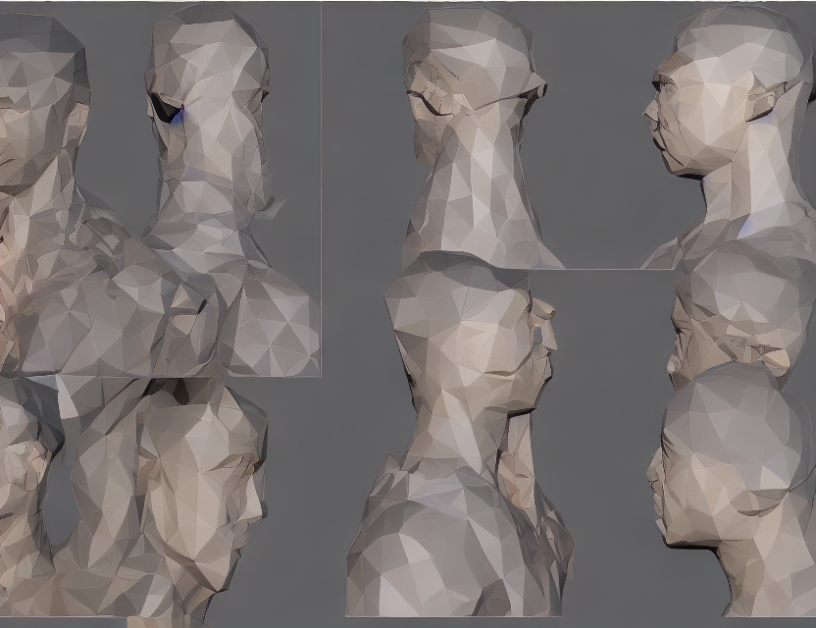In this article, we delve into the realm of image generation models that can produce high-fidelity and diverse 2D content from text prompts. These models have shown remarkable capabilities in generating images that are not only visually appealing but also contextually relevant. However, leveraging their power for other tasks has been a significant challenge. To address this issue, researchers have proposed several approaches, including multi-stage methods, frame generation using autoregressive models, and stylizing input videos.
One of the most promising approaches is to employ diffusion models that can be controlled through text prompts. By learning a mapping between text and images, these models can generate images that are consistent with the provided text. This control allows for fast sampling of diffusion models, which is crucial in applications where speed and efficiency matter.
To achieve this level of control, researchers have extended 2D diffusion models to text-guided video generation. These models employ a multi-stage approach, generating frames autoregressively or stylizing an input video. This allows for the generation of high-quality videos that are consistent with the provided text.
In addition, researchers have proposed methods that can improve the quality and diversity of generated images. One such method is to use consistency models, which learn a mapping between the generated image and the target image. This ensures that the generated image is not only visually appealing but also contextually relevant.
Overall, this article provides a comprehensive overview of the state-of-the-art in controllable 2D diffusion models for text-to-image generation. By leveraging these models, researchers can generate high-quality images that are consistent with text prompts, opening up new possibilities for image generation and manipulation.
Computer Science, Computer Vision and Pattern Recognition
Depth-Aware Generative Adversarial Networks for Talking Head Synthesis



